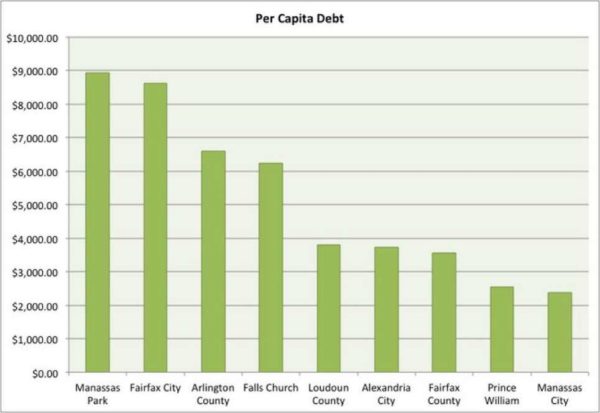 Peter’s Take is a weekly opinion column. The views and opinions expressed in this column are those of the author and do not necessarily reflect the views of ARLnow.com.
Peter’s Take is a weekly opinion column. The views and opinions expressed in this column are those of the author and do not necessarily reflect the views of ARLnow.com.
Arlington Public Schools’ current strategic plan is up for revision. One of the goals of the current plan is “Development of the Whole Child.”
Part of APS’ current approach to this goal is what APS calls “personalized learning.” The one-to-one device program is an integral part:
In the APS 2011-17 Strategic Plan, the community set a goal to ensure that every student from grade 2 through 12 has a personal digital learning device to support instruction. The Strategic Plan states that APS should create vital and engaging, technology-rich learning environments, provide an infrastructure for learning and utilize state-of-the-art technology that creates engaging, relevant and personalized learning experiences for all learners regardless of background, language or disabilities.
In developing its new strategic plan, the Arlington County School Board should:
- involve the Arlington community in a truly-interactive, transparent conversation about all the critical issues
- offer compelling proof that all proposed instructional uses of personal digital learning devices provide evidence-based instructional benefits and consistent instruction to all students
By contrast, over the past three years, the use of these devices has been characterized by poor communications, inconsistent instruction, and lack of evidence-based benefits.
This column focuses on two controversial, critical issues.
One-to-One Program Devices Should Not Be an Integral Tool Used For Personalized Learning
APS definitely should continue to create “engaging, relevant and personalized learning experiences for all learners regardless of background, language or disabilities.” However, in its new strategic plan — in any grades in which APS ultimately decides to continue the one-to-one program, APS should make it clear that the program is not an integral part of personalized learning. For some children, e.g., those whose parents cannot afford a personal digital learning device, APS should provide one.
A June 2017 comprehensive and convincing history of the development of personalized learning in education provides a withering critique of the risks of making personal digital learning devices an integral part of personalized learning. The article describes at least four other approaches to personalized learning that do not entail such heavy reliance on personal digital learning devices.
Other relevant sources also criticizing such heavy reliance are available.
APS’ current linkage between personal digital learning devices and personalized learning should be severed and replaced with an alternative approach. The one-to-one program is actually a form of depersonalized learning.
The One-to-One Program Should Be Ended — At Least in the Elementary Years
APS definitely should continue to provide a “vital and engaging, technology-rich learning environment for every APS student.” However, at least in the elementary years, the one-to-one program should be ended.
Too many elementary school parents believe that Development of the Whole Child in elementary school is fundamentally incompatible with the one-to-one program. These parents are seeking less screen time, and more face-to-face teacher-student interaction, athletic activity, and socialization.
Moreover, scientific and health studies published since the current strategic plan was adopted demonstrate that there is too great a risk from the cumulative exposure to these devices that results when the 1:1 program in elementary school is combined with home use. APS’ current position that school screen time shouldn’t count because it is for educational purposes defies common sense.
Conclusion
In its new Strategic Plan, the School Board should reemphasize the role of Arlington’s great teachers and deemphasize the role of Silicon Valley.



